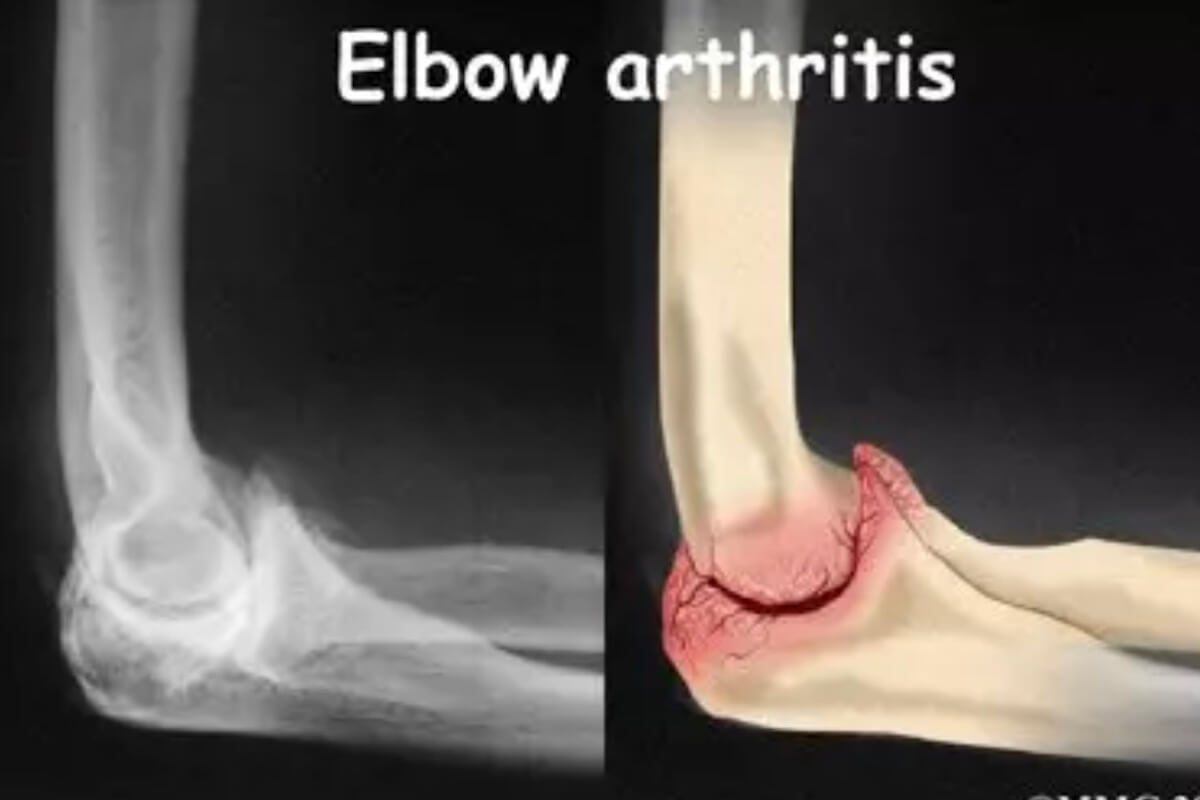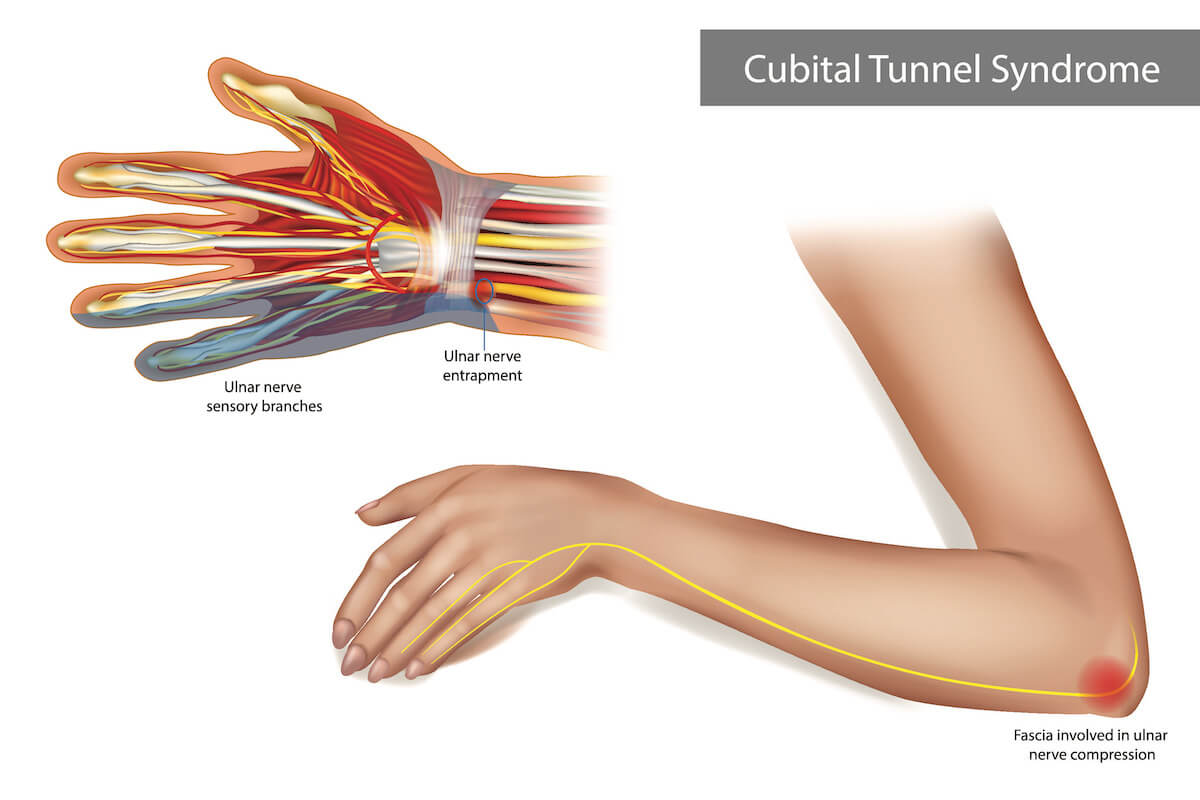Elbow Conditions
Elbow conditions can be extremely debilitating, but you don’t have to suffer.
Elbow conditions
When it comes to our overall well-being, we often focus on our major organs and muscles, but we must not forget about the importance of our joints. The elbow joint, in particular, plays a crucial role in our daily activities, enabling us to perform tasks with precision and strength. However, like any other joint in our body, the elbow is susceptible to various conditions that can cause pain, discomfort, and limitations in movement.
Common Causes of Elbow Conditions
Elbow conditions can stem from a wide range of causes, including traumatic injuries, overuse, repetitive motions, and underlying medical conditions. One common cause of elbow conditions is repetitive strain injury (RSI). RSI occurs when a particular motion is repeated frequently, causing strain on the tendons, muscles, and ligaments around the elbow joint. This can lead to conditions such as tennis elbow, golfer’s elbow, or bursitis. Another cause of elbow conditions is trauma, which may result from accidents, falls, or direct blows to the elbow joint. Fractures, dislocations, and sprains can occur as a result of trauma, leading to acute or chronic elbow conditions. Additionally, certain medical conditions such as rheumatoid arthritis, osteoarthritis, and gout can also affect the elbow joint, causing pain and inflammation.
Different Types of Elbow Conditions
Elbow conditions encompass a wide variety of ailments, each with its own unique characteristics. One common type of elbow condition is tennis elbow, medically known as lateral epicondylitis. This condition involves the inflammation of the tendons on the outside of the elbow, leading to pain and tenderness. On the other hand, golfer’s elbow, or medial epicondylitis, affects the tendons on the inside of the elbow and can cause similar symptoms. Another type of elbow condition is known as cubital tunnel syndrome, which occurs when the ulnar nerve becomes compressed or irritated, leading to pain, tingling, and weakness in the forearm and hand.
Symptoms and Signs of Elbow Conditions
Recognizing the symptoms and signs of elbow conditions is crucial for early detection and appropriate treatment. Some common symptoms of elbow conditions include pain, tenderness, swelling, stiffness, and weakness in the elbow joint. You may also experience a reduced range of motion and difficulty in performing everyday tasks that require gripping or lifting objects. In some cases, the pain may radiate down the forearm or up to the shoulder. It is important to note that the severity and combination of symptoms can vary depending on the specific elbow condition present.
Treatment Options for Elbow Conditions
The treatment approach for elbow conditions depends on the specific diagnosis, the severity of symptoms and individual factors. In milder cases, conservative treatment options such as rest, over-the-counter pain medication and physical therapy exercises to strengthen the surrounding muscles may be recommended. In addition, your doctor may suggest the use of a splint or brace to provide support and immobilization of the joint during the healing process. For more severe or persistent elbow conditions, more advanced treatment options may be considered. These may include corticosteroid injections to reduce inflammation, extracorporeal shockwave therapy to stimulate healing, or, in other cases, surgery to repair damaged tissue or correct underlying structural problems.
Rehabilitation and Physical Therapy for Elbow Conditions
Rehabilitation and physical therapy play a vital role in the recovery and management of elbow conditions. A qualified physical therapist can design a personalized program to improve joint mobility, strengthen muscles, and enhance overall function. Treatment may include a combination of stretching exercises, range of motion exercises, isometric exercises, and resistance training. The therapist may also utilize various modalities such as heat, cold, ultrasound, or electrical stimulation to relieve pain and promote healing. It is important to follow the recommended rehabilitation plan consistently and communicate any concerns or progress to your therapist for optimal results.
Preventing Elbow Conditions
While some elbow conditions may be unavoidable, there are steps you can take to reduce the risk of developing them. First and foremost, it is essential to practice proper ergonomics and body mechanics during daily activities. This includes maintaining good posture, taking frequent breaks during repetitive tasks, and using appropriate tools or equipment to reduce strain on the elbow joint. It is also crucial to engage in regular exercise routines that focus on strengthening the muscles around the elbow and maintaining overall joint flexibility. Furthermore, avoiding excessive force or repetitive motions that can strain the elbow joint is key to preventing overuse injuries and related conditions.









